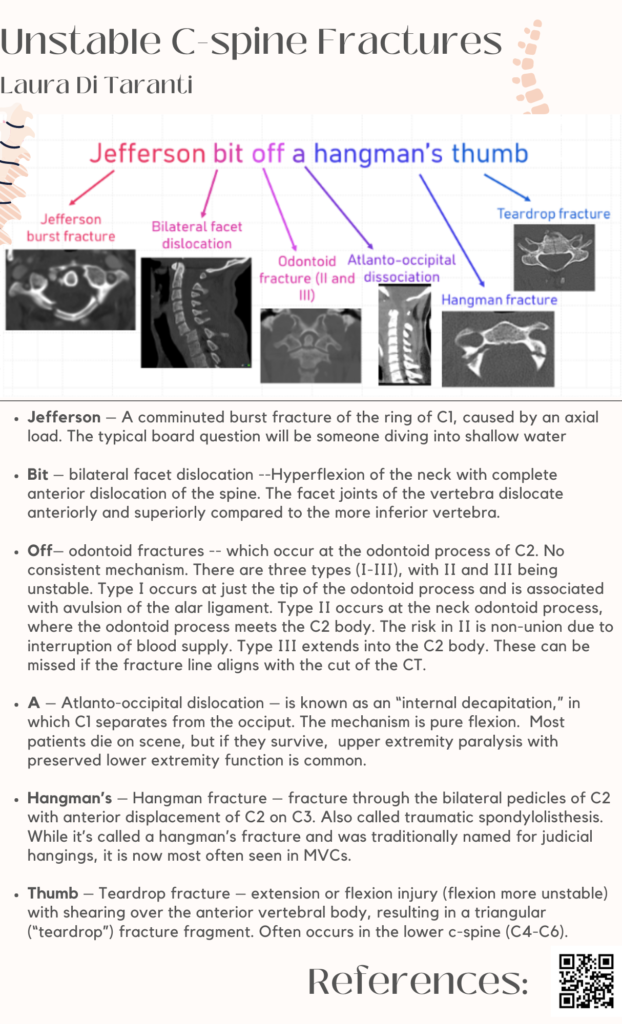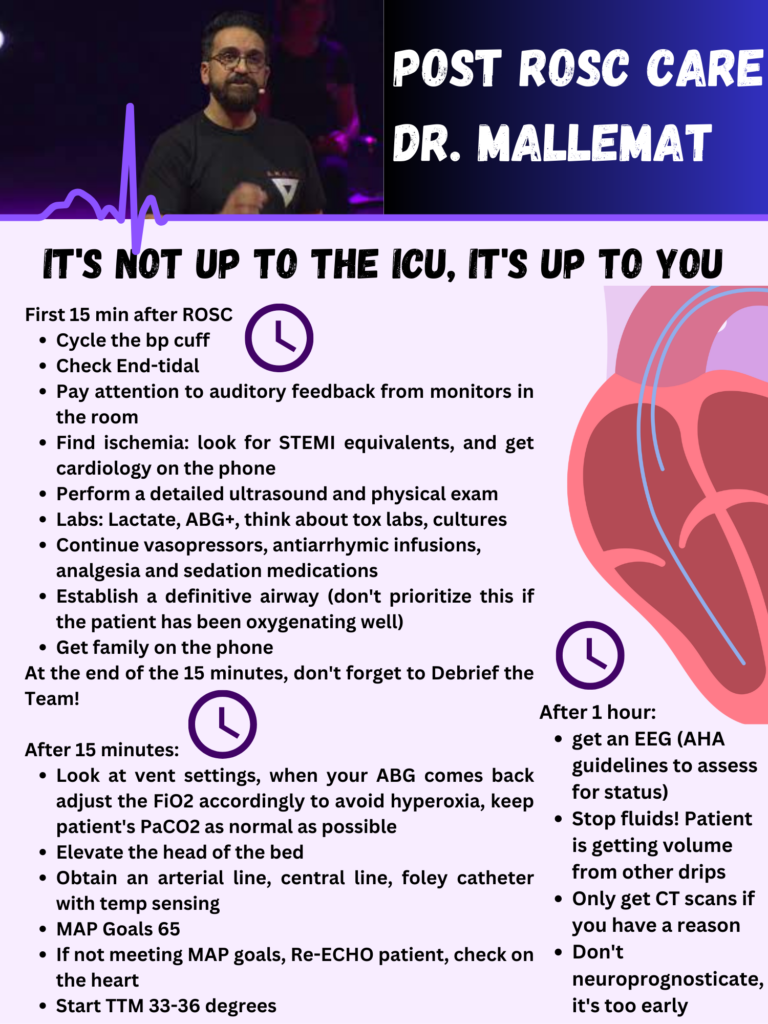An 18 year old male with a history of type 1 diabetes mellitus presents for a foot wound. He was barefoot playing soccer at a park when he suddenly felt sharp pain on the sole of his right foot and saw a metal nail in the grass. Vital signs are within normal limits. POC glucose is 140. The extremity is neurovascularly intact and shows a subcentimeter puncture wound on the plantar surface with no surrounding erythema or active bleeding. The area is tender to palpation but he is able to ambulate with minimal pain. His tetanus is up to date. In addition to irrigation of the wound, which of the following is most appropriate management for this patient?
A: administer a five-day course of cephalexin
B: administer a five-day course of ciprofloxacin
C: close the wound and discharge the patient
D: discharge with primary care follow up
Answer: administer a five-day course of cephalexin
Antibiotic prophylaxis is recommended for puncture wounds with high-risk features including plantar punctures, bite wounds, heavy contamination, or patients with diabetes or immunosuppression. Most soft tissue infections from puncture wounds are caused by gram-positive organisms. Thus, cephalexin is the most appropriate option listed. Ciprofloxacin would be appropriate if the patient suffered a puncture wound through a shoe as it is thought that pseudomonas colonizes the foam soles. It is generally not recommended to close high risk wounds due to increased risk of infection.
| Osteomyelitis | |
| Organism | Association |
| Staphylococcus aureus | Most common overall |
| Salmonella sp. | Sickle cell disease |
| Pseudomonas sp. | Puncture through shoe sole |
| Pasteurella multocida | Dog and cat bites |
References:
Quinn J (2020). Puncture wounds and bites. Tintinalli J.E., & Ma O, & Yealy D.M., & Meckler G.D., & Stapczynski J, & Cline D.M., & Thomas S.H.(Eds.), Tintinalli’s Emergency Medicine: A Comprehensive Study Guide, 9e. McGraw Hill.











